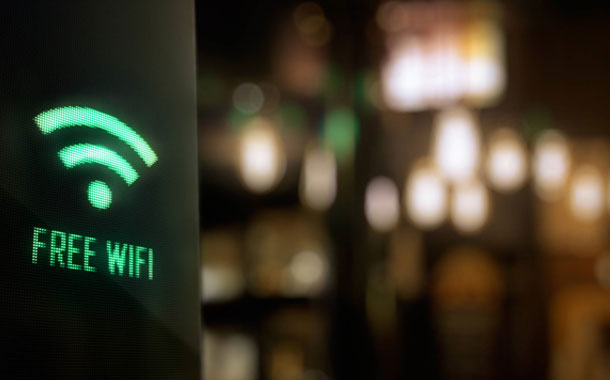Public Wi-Fi can play a key role in driving ubiquitous connectivity and digital inclusion in India, as explored in an Analysys Mason study — ‘Accelerating connectivity through public WiFi: Early lessons from the railway WiFi project’, published today. Despite fast increases in number of people connected (316 million at the end of 2017, compared to 200 million the previous year), mobile broadband penetration in India stood at only 31% at the end of 2017, still significantly behind many of India’s peers. The report, prepared through the lens of Google and Railtel Public WiFi project, support the Government’s ambition under the draft NDCP to reach 5 million access points in 2020 and 10 million in 2022, to provide an all-pervasive coverage and internet connectivity, for 600 million Indians.
The report further outlines an opportunity to develop a wider connectivity ecosystem with Public Wi-Fi as a key component, which can not only benefit users and wireless ISPs, but also telecom service providers, handset manufacturers and venue owners. TSPs in particular can benefit by monetizing demand for faster mobile broadband and higher data volumes on their networks, as people get used to fast speeds and ubiquitous connectivity.
The report indicates that Public WiFi will connect 40 million new users to the Internet by 2019 and that around 100 million people would be willing to spend an additional USD 2 to 3 billion per year on handsets and a similar amount on cellular mobile broadband services, as a result of experiencing fast broadband on public Wi-Fi. In addition to driving productivity improvements from high speed Wi-Fi for the overall economy, public WiFi can also translate into tangible benefits to GDP, by around USD20 billion between 2017-19 and at least USD10 billion per annum thereafter.
David Abecassis, Partner at Analysys Mason, said: “In the last few years, India has made significant progress in driving mobile data usage, thanks to improved networks, and low cost data. But to really achieve the connected India vision, India will need to further invest in developing public Wi-Fi as a complement to mobile and fibre broadband. Google and RailWire project to deploy high speed WiFi across 400 stations has shown that there was a technical and operational solution to providing high-quality public Wi-Fi to millions of Indians nationwide, on affordable terms. The success of this rollout and Reliance Jio’s 80,000 public Wi-Fi access points as of mid-2017 provide valuable insights in further developing public Wi-Fi as a service that can truly achieve the Digital India vision.”
K. Suri, Director, Partnership, India, Next Billion Users, Google India, said, “Our partnership with RailTel to bring high speed connectivity to millions of Indians across 400 train station, today stands as a lighthouse project for the industry and underscores the importance of investing in public Wi-Fi as a crucial step in getting high quality internet to everyone in India. This is just the beginning of a journey that will change India’s access story and the Analysys Mason Report outlines some very important insights that can enable ISPs and TSPs to think in this direction. Together we have a lot of work to do to improve access and connectivity in the country.”




